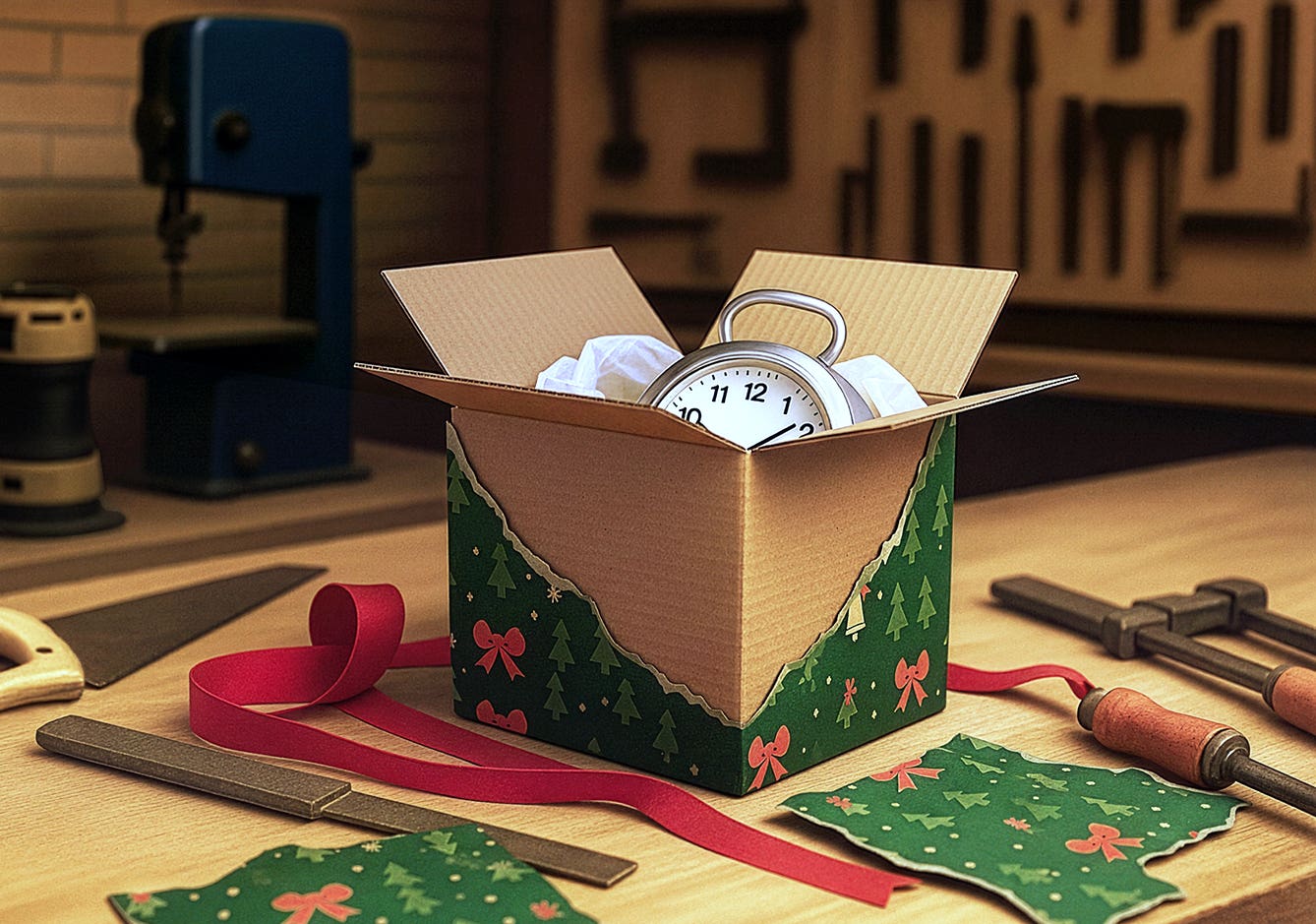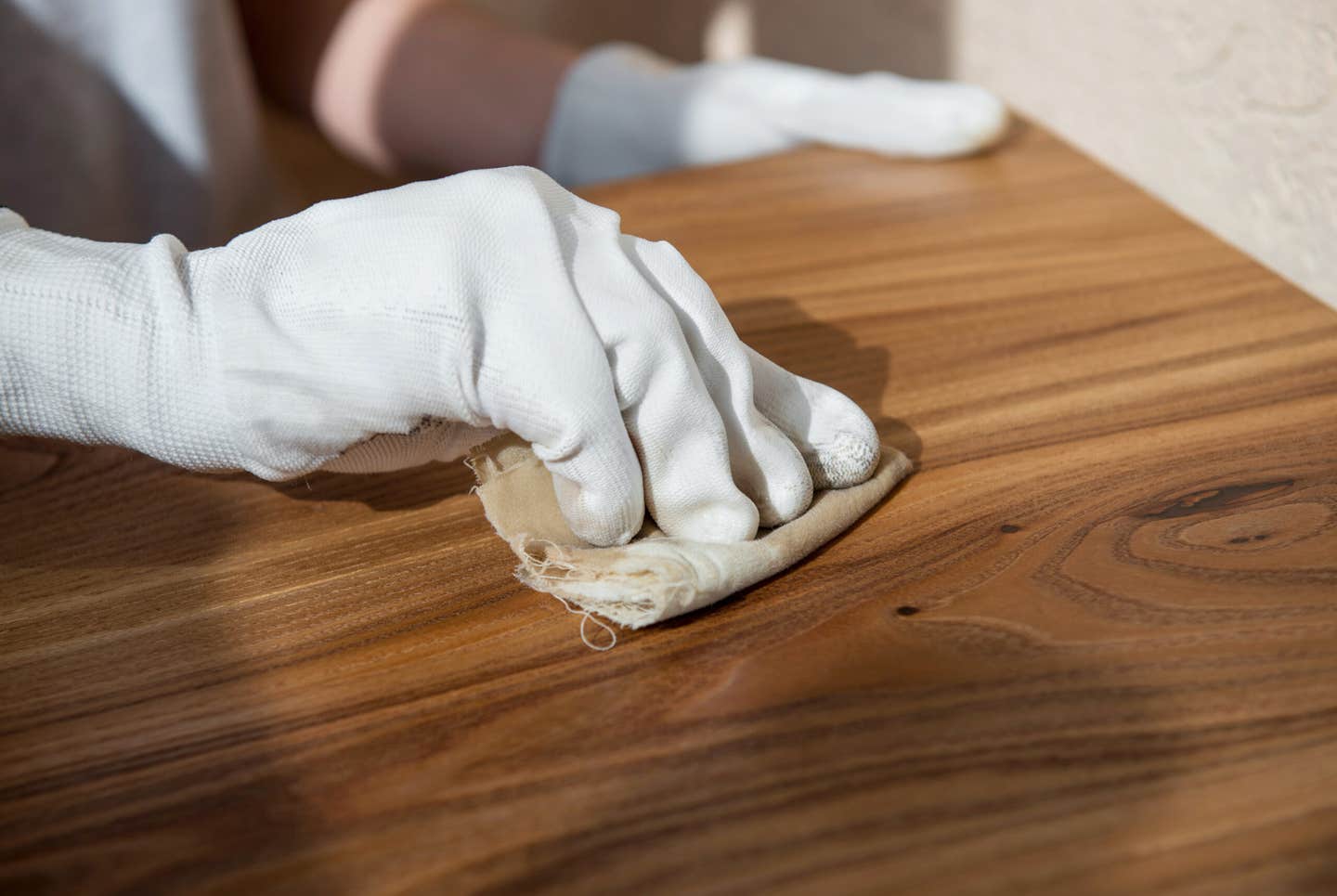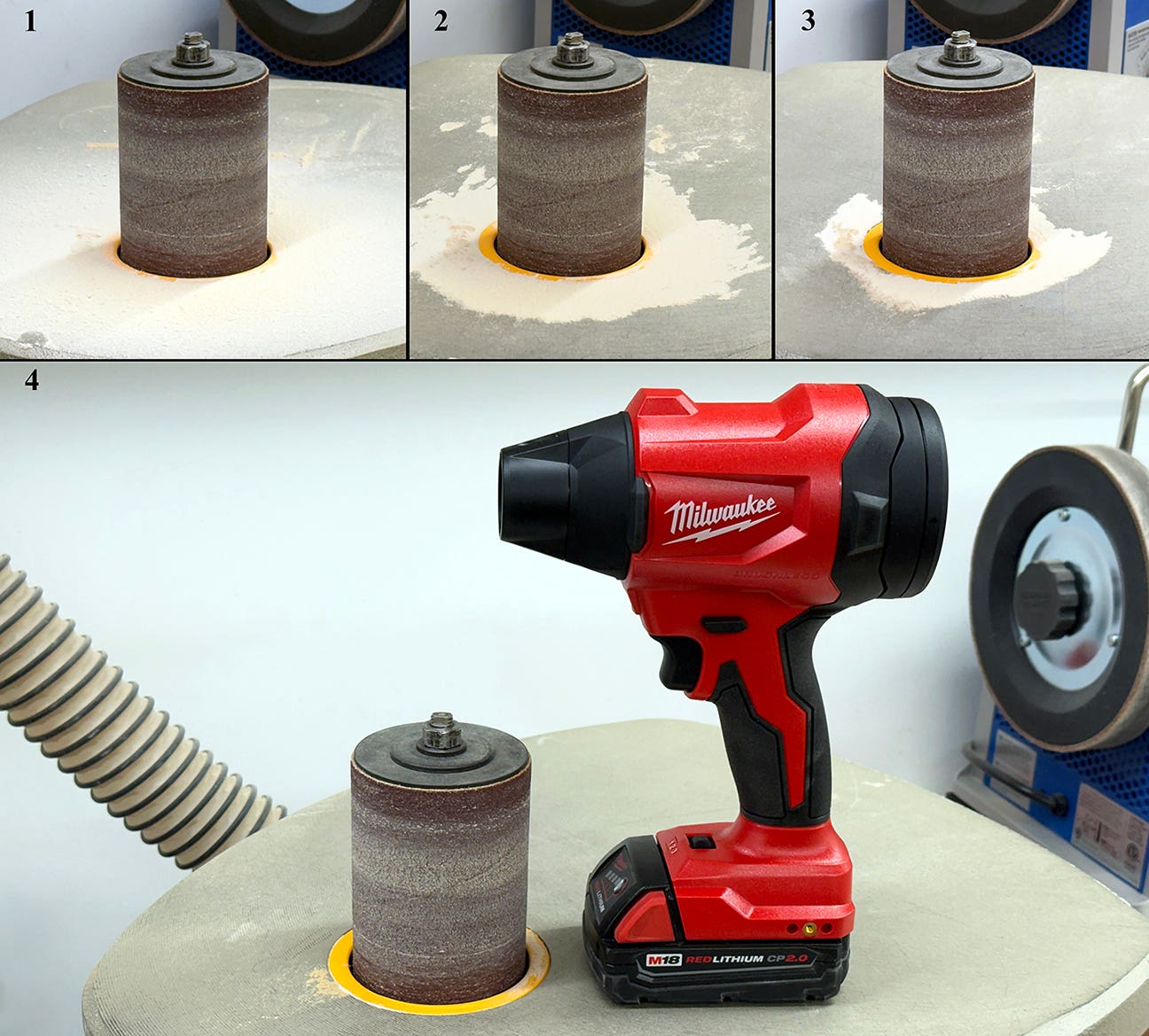Ways to wipe out the worst problems
Here are 10 examples of some finish conundrums your clients might experience and how you can guide them to success Your clients may call now and then with a finish…
Here are 10 examples of some finish conundrums your clients might experience and how you can guide them to success
Your clients may call now and then with a finish problem they'd like you to tell them how to fix. Many problems are simple enough for homeowners to repair themselves, if you tell them how.
Here are 10 examples:
Dull finish
As finishes age, they dull. The dulling happens more quickly if the finish is exposed to sunlight. There are several things a homeowner can do to shine things up.
The two easiest and least risky are to apply paste wax or a silicone furniture polish. Paste wax is best for crazed surfaces because it doesn't highlight the crazing.
Applying paste wax is a lot of work. If your client is willing, be sure to advise him or her that dusting should be done with a damp cloth, not furniture polish. Furniture polish is primarily petroleum distillate and it will remove the wax, negating all their work.
Though many in the professional trade hate silicone furniture polishes because of the refinishing and touch-up problems they cause, consumers love them because they are so effective at adding shine and scratch resistance for a week or longer. Most aerosols contain silicone oil.
Other possibilities for homeowners are Howard's Restor-a-Finish (a blend of mineral oil and pigment), blends of oil and varnish, and thinned varnish ("wiping varnish"). Each of these is an easy wipe-on, wipe-off product, but problems are possible in the hands of an amateur.
Crayon marks
These are easy to remove by wiping with a cloth dampened with mineral spirits. Clear furniture polishes will also work, just not as effectively.
Felt-tip pen marks
Usually, these are also easy to remove by wiping with a cloth dampened with denatured alcohol. However, alcohol can damage or dull some finishes, especially shellac and many water-based finishes. So there is a risk of the client doing greater damage.
Candle wax drips
The easy way to remove candle wax is to freeze it with an ice cube and then pick it off. Hold the ice cube in contact for 20 or 30 seconds, then remove the lump of wax with a fingernail.
Stuck stickers or tape
These can be difficult to remove if they are old and stuck on hard. Acetone and lacquer thinner will work, of course, but they will damage most finishes. So recommending one of these isn't a good idea.
Better to try heat from a blow dryer or a mild solvent such as mineral spirits or naphtha. Another possibility for paper stickers is wetting them enough with water so they can be rubbed off the adhesive using a finger. Then rub off the adhesive, maybe after heating it a little. Situations vary. These remedies just have to be tried to see which works.
Latex paint spatter
Latex paint softens with xylene (xylol) and toluene (toluol). The commercial products, Oops! and Goof Off, are xylene. Your client can use any of these to soften and rub off the spatter.
But be aware that these solvents will usually damage water-based finish (the same chemistry as latex paint), so there is some risk in recommending them to the unsophisticated public.
Scuffed edge
Most home centers and paint stores carry touch-up markers your client can use to replace the color on scuffed edges. The color should then be sealed in, and here's where the client could get into trouble. A quick wipe just over the edge with an oil/varnish blend is probably the safest thing to do.
White water rings
As professionals, we have access to products ("blush removers") that are usually effective at removing water rings. Blush remover is butyl cellosolve, a very potent lacquer retarder.
This solvent is dangerous in the hands of a novice because it can cause many finishes to blister if too much is sprayed. So the safer recommendation is to rub out the watermark with an abrasive.
The trick then becomes using an abrasive that is coarse enough to remove the mark, which is usually right at the surface of the finish, without dulling the finish too much. Here are some possibilities to suggest: toothpaste on a finger, 0000 steel wool with or without an oil or wax lubricant, or a white, gray or other very fine nylon abrasive pad with or without an oil or wax lubricant.
I've also found situations where wiping with a cloth dampened with rubbing alcohol works. If "dampened" doesn't work, I'd warn against soaking the surface, which could cause a larger white mark.
Light crazing
The only way to remove light crazing is to sand it level using very fine sandpaper. Then apply paste wax or some sort of finish to put restore the shine. The finish could be easy-to-use oil/varnish blend or wiping varnish. But there is a good bit of risk recommending this sort of fix to amateurs.
Light scratches
Scratches are of three sorts: a clear finish restores the color; a clear finish darkens the scratch, making it worse; or the color has to be "painted in."
Your clients can test to find out which type of scratch they have by dabbing on a liquid - for example, the always-handy liquid from their mouths. If the color returns, they can apply any finish to the scratch. An oil, oil/varnish blend or wiping varnish would be good possibilities. Paste wax is safer, but not as effective.
The other two situations are more difficult to fix. It would probably be best to call in a professional touch-up specialist if the damaged surface is important enough. n
Bob Flexner is author of the newly released book, "Flexner on Finishing."
This article originally appeared in the November 2010 issue.







